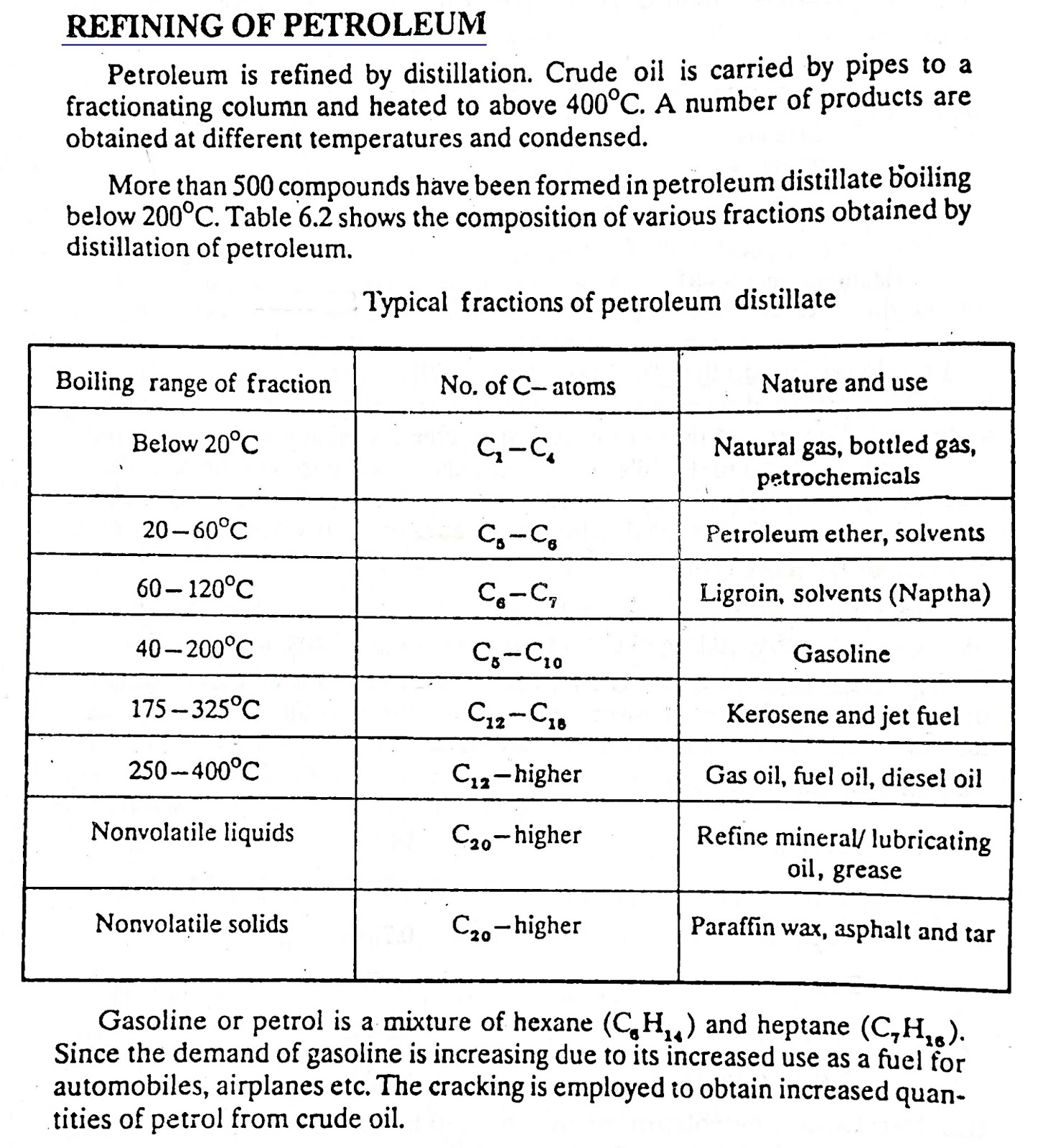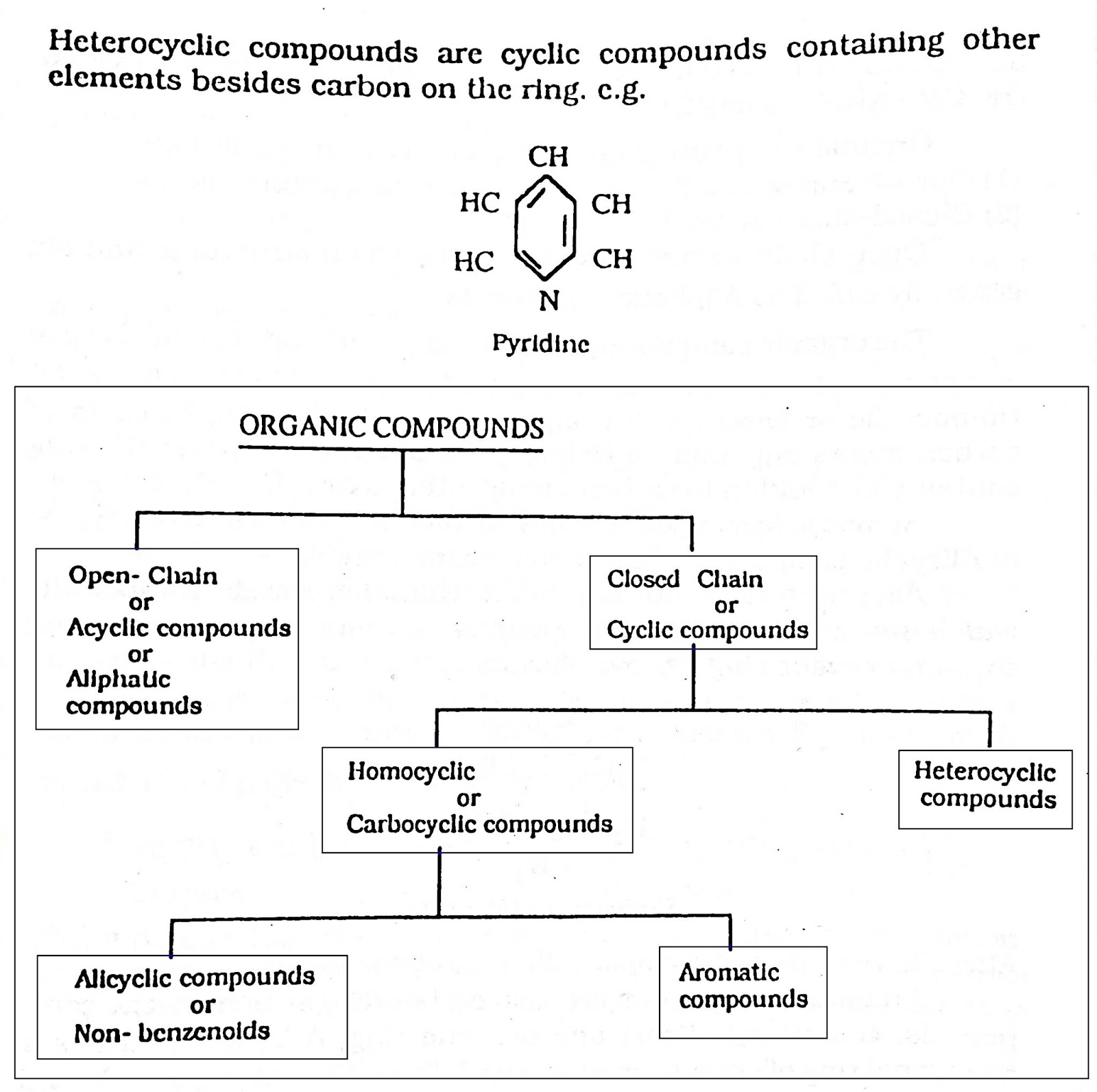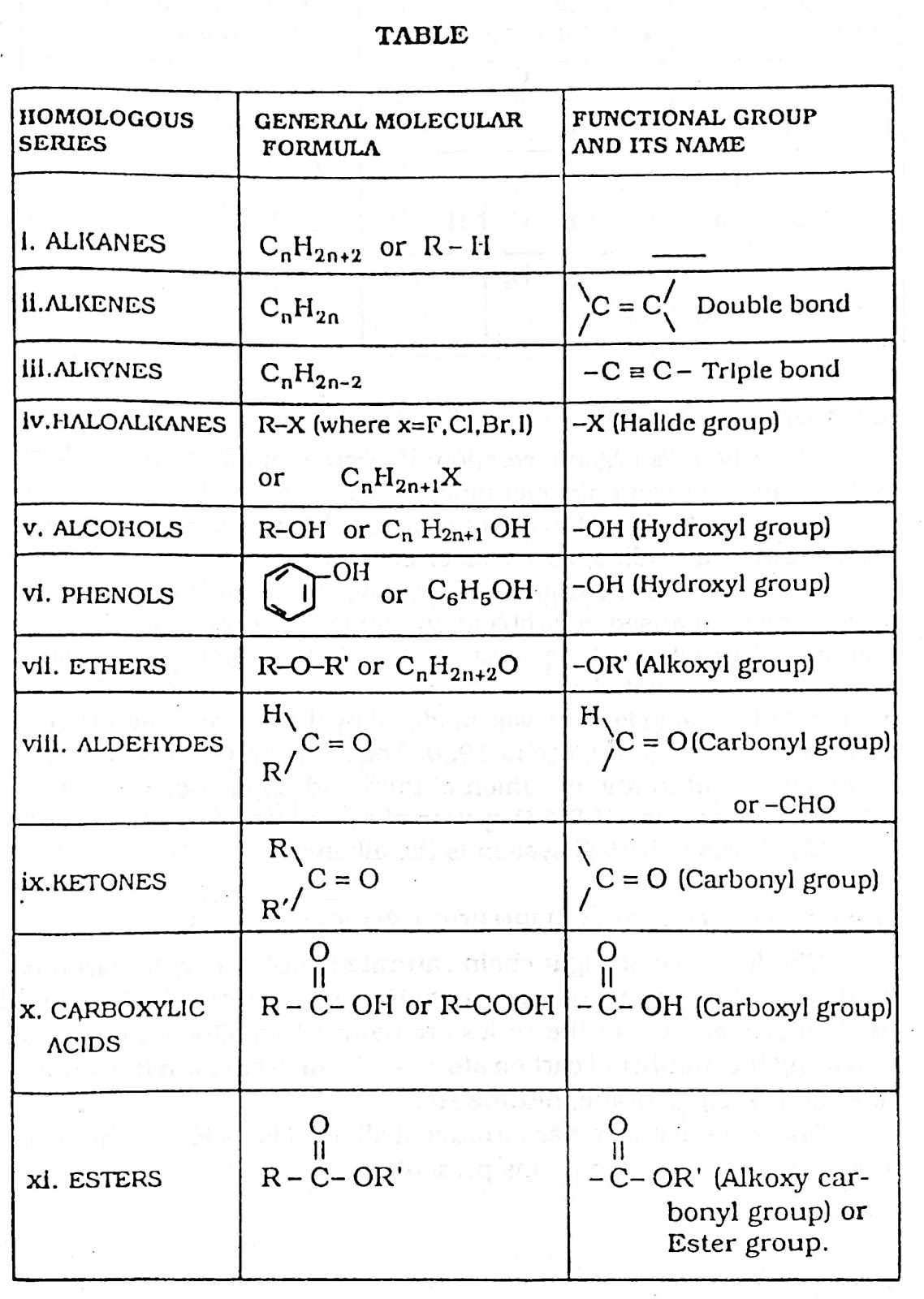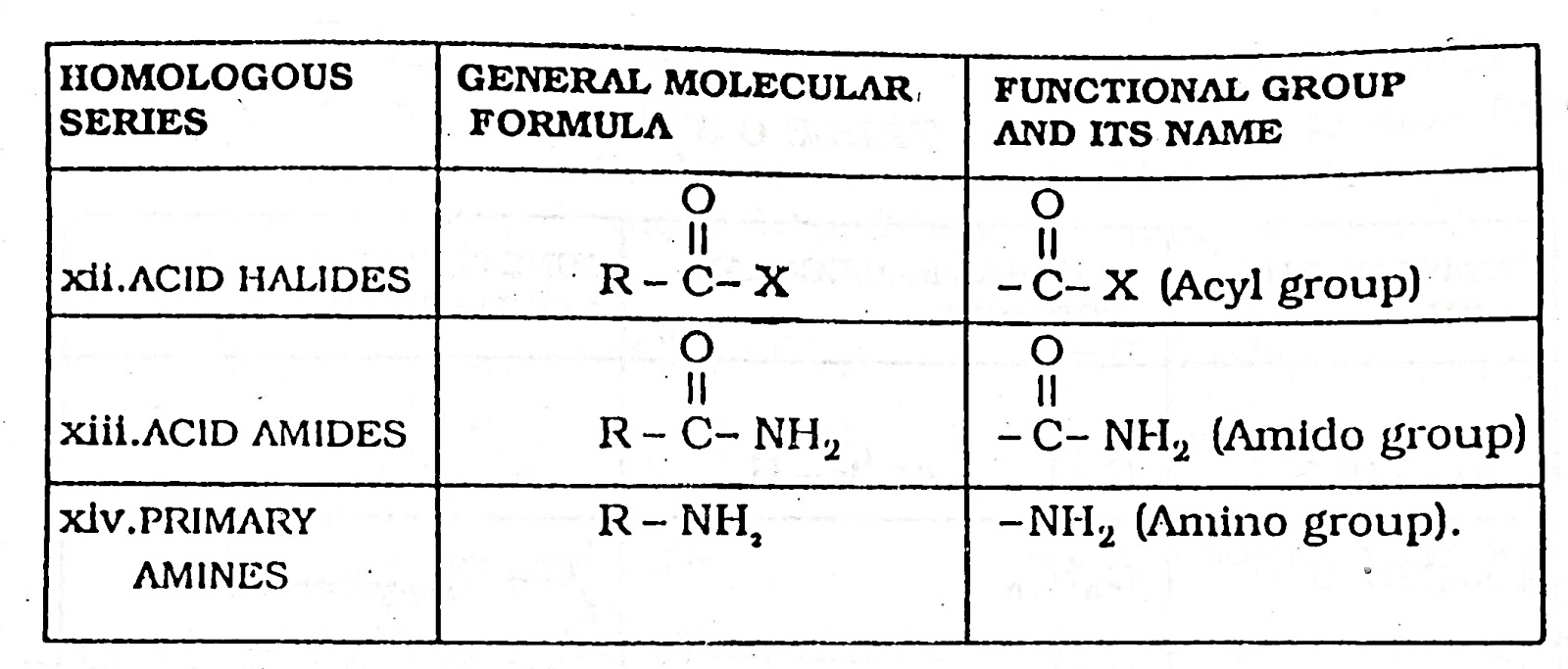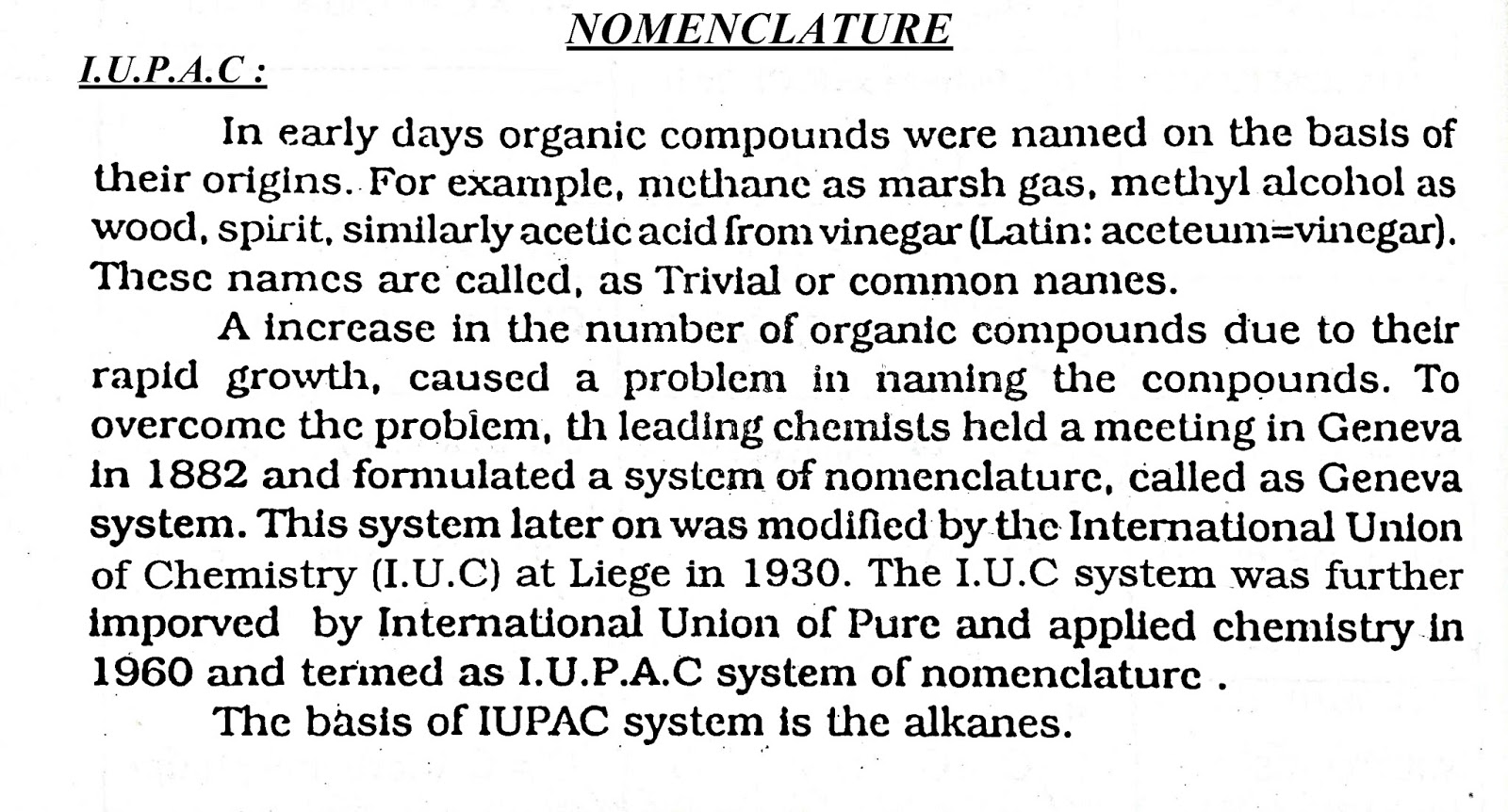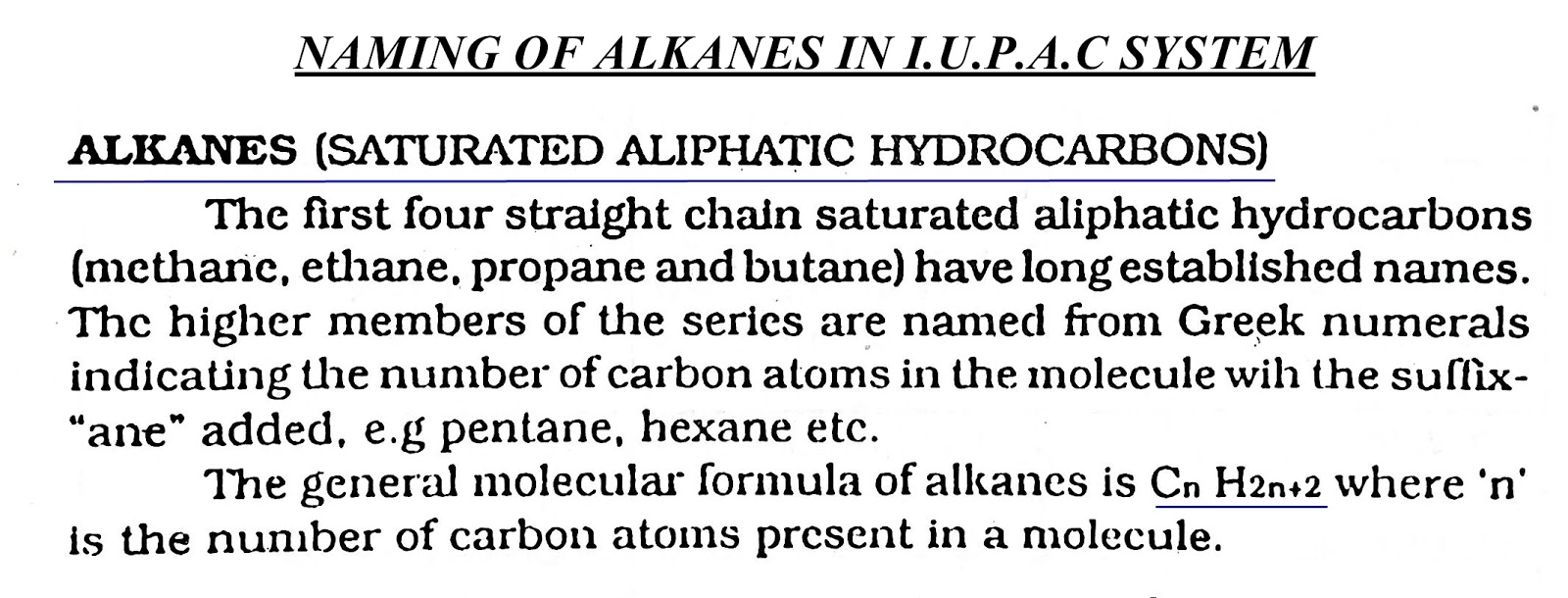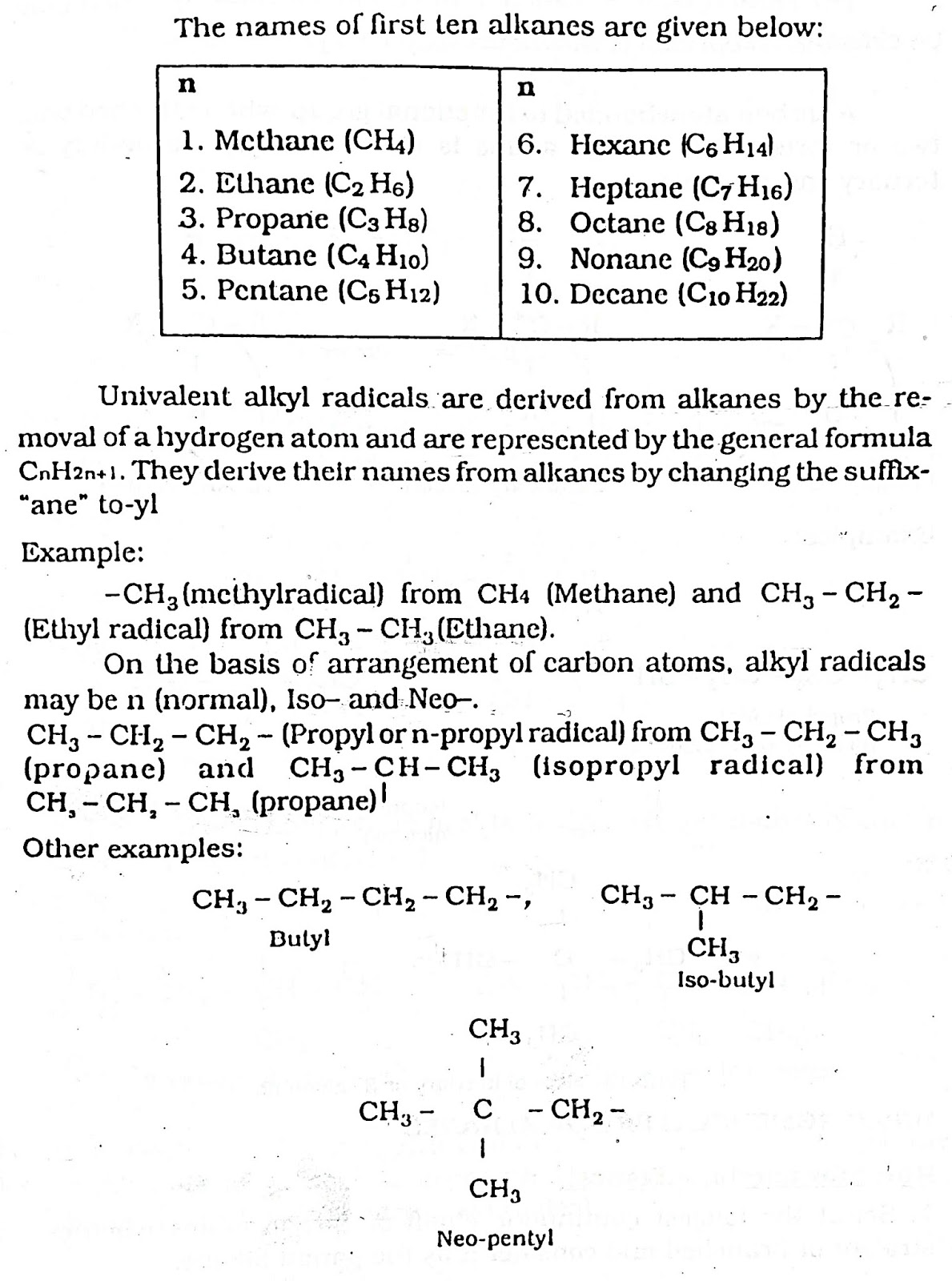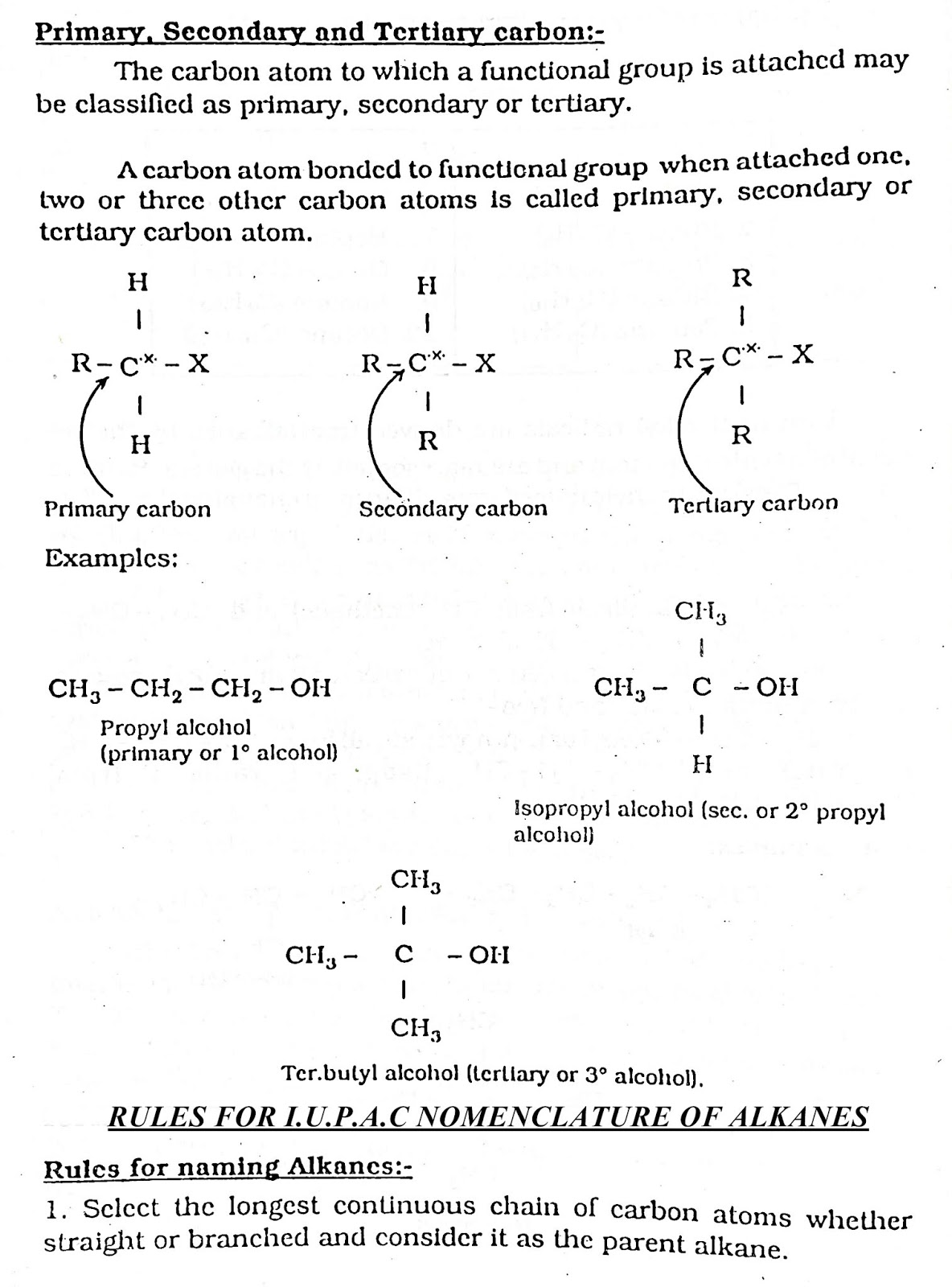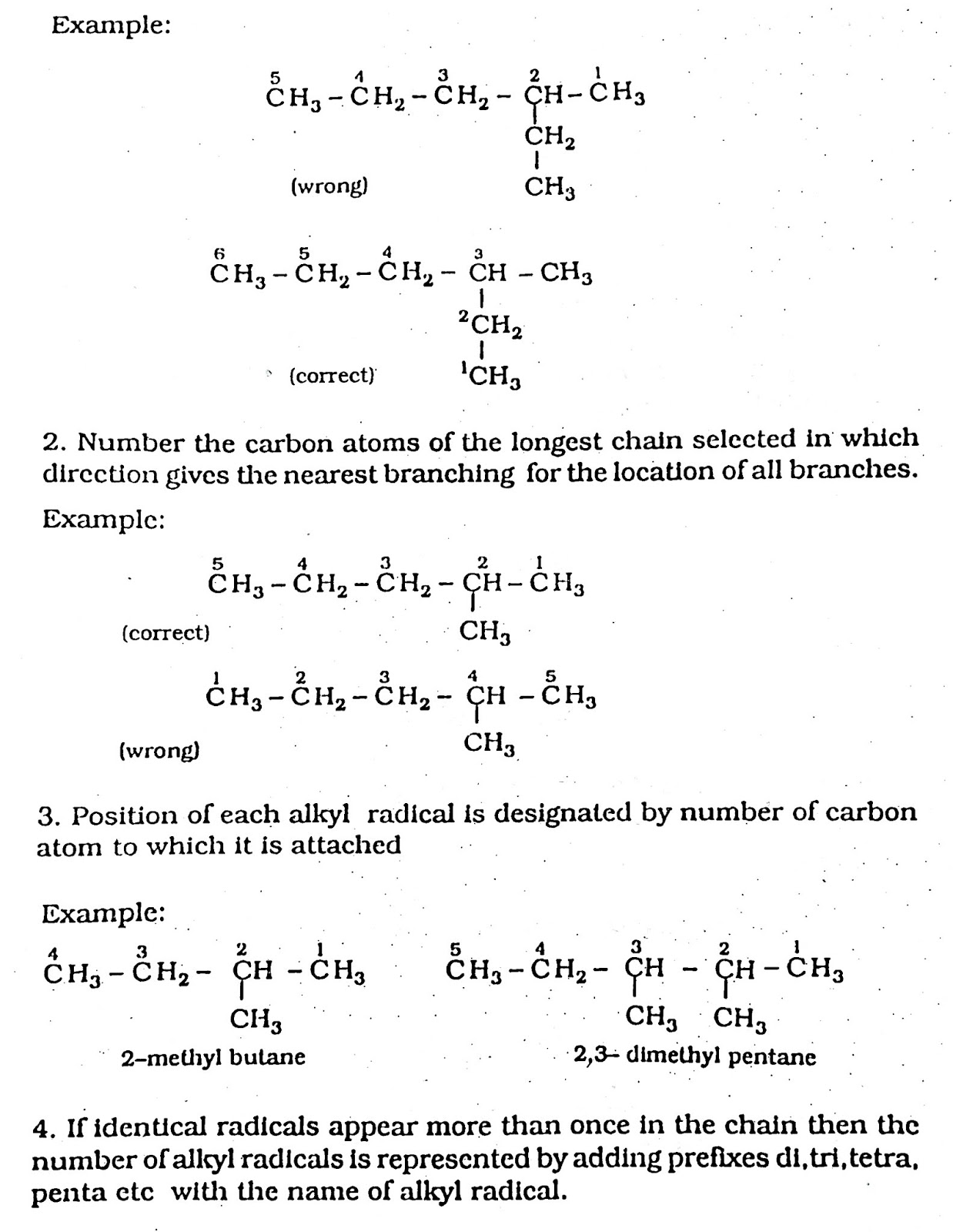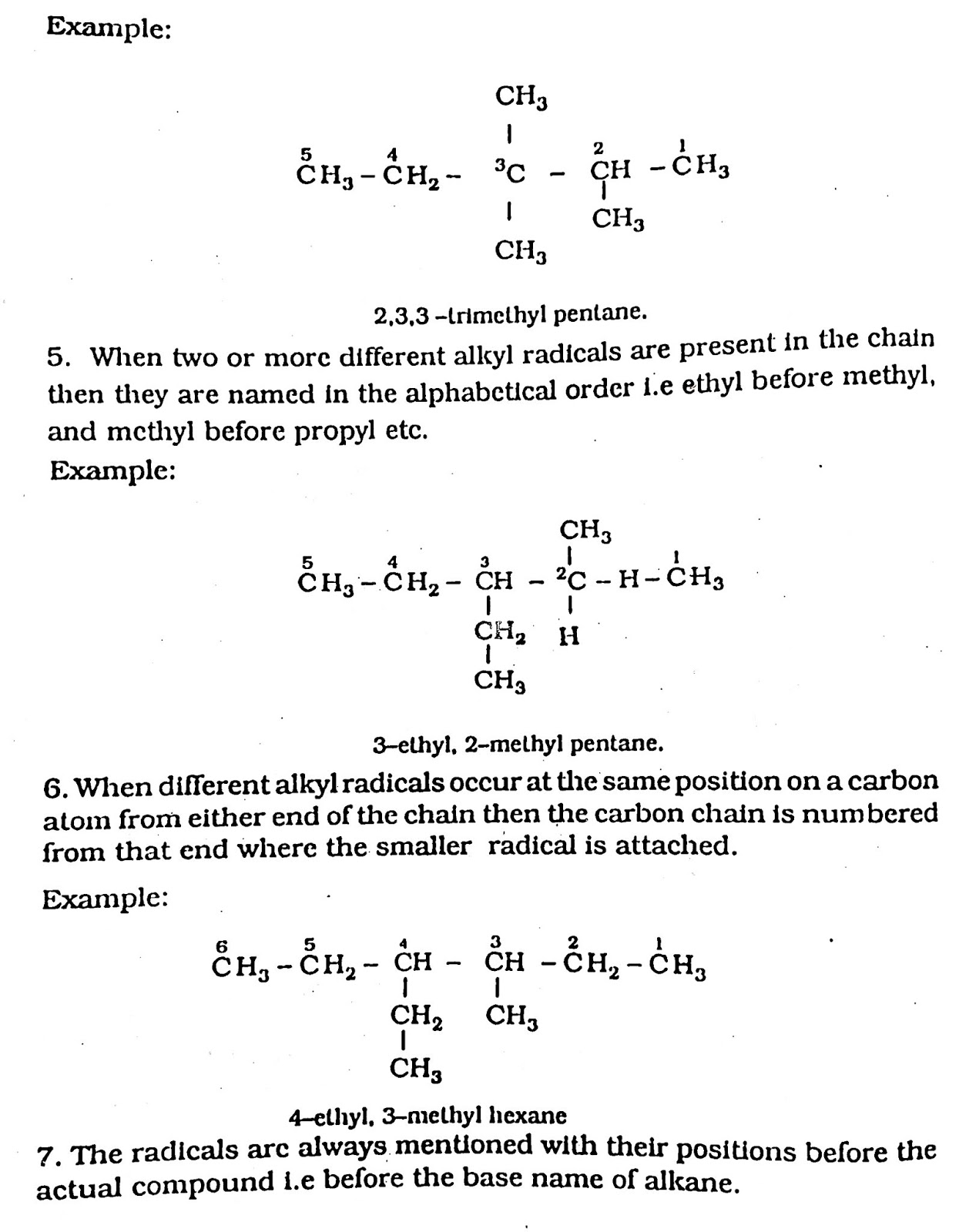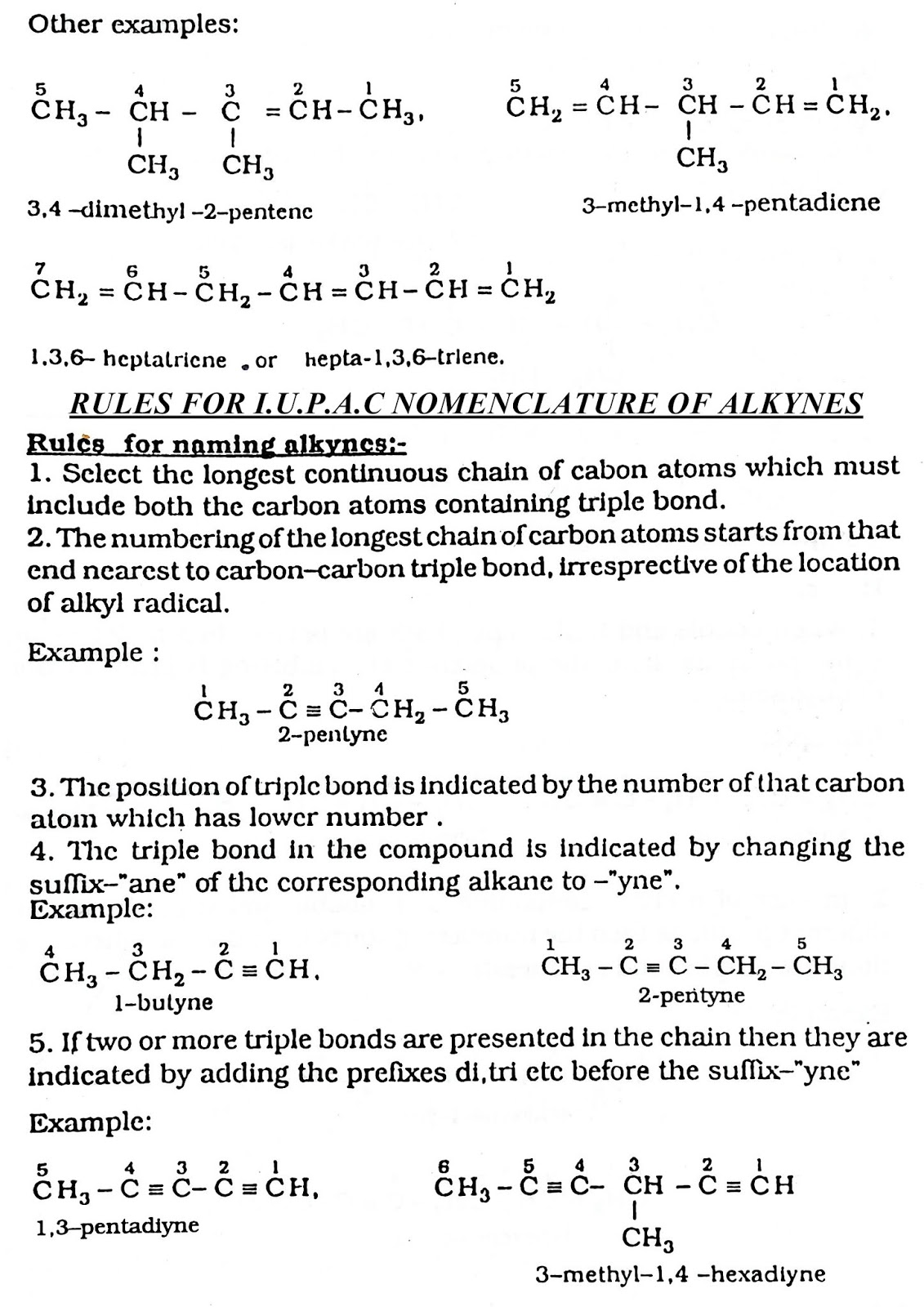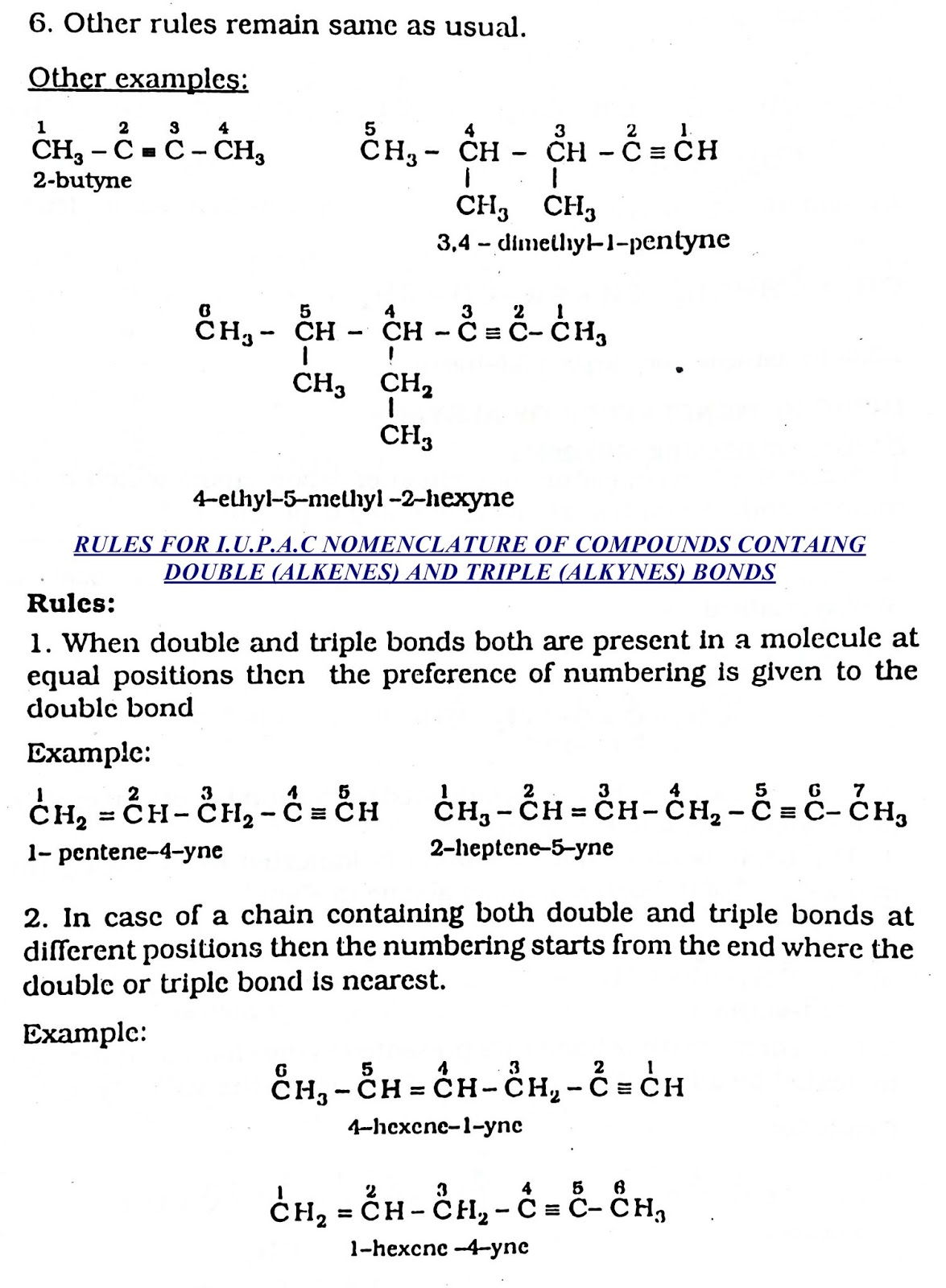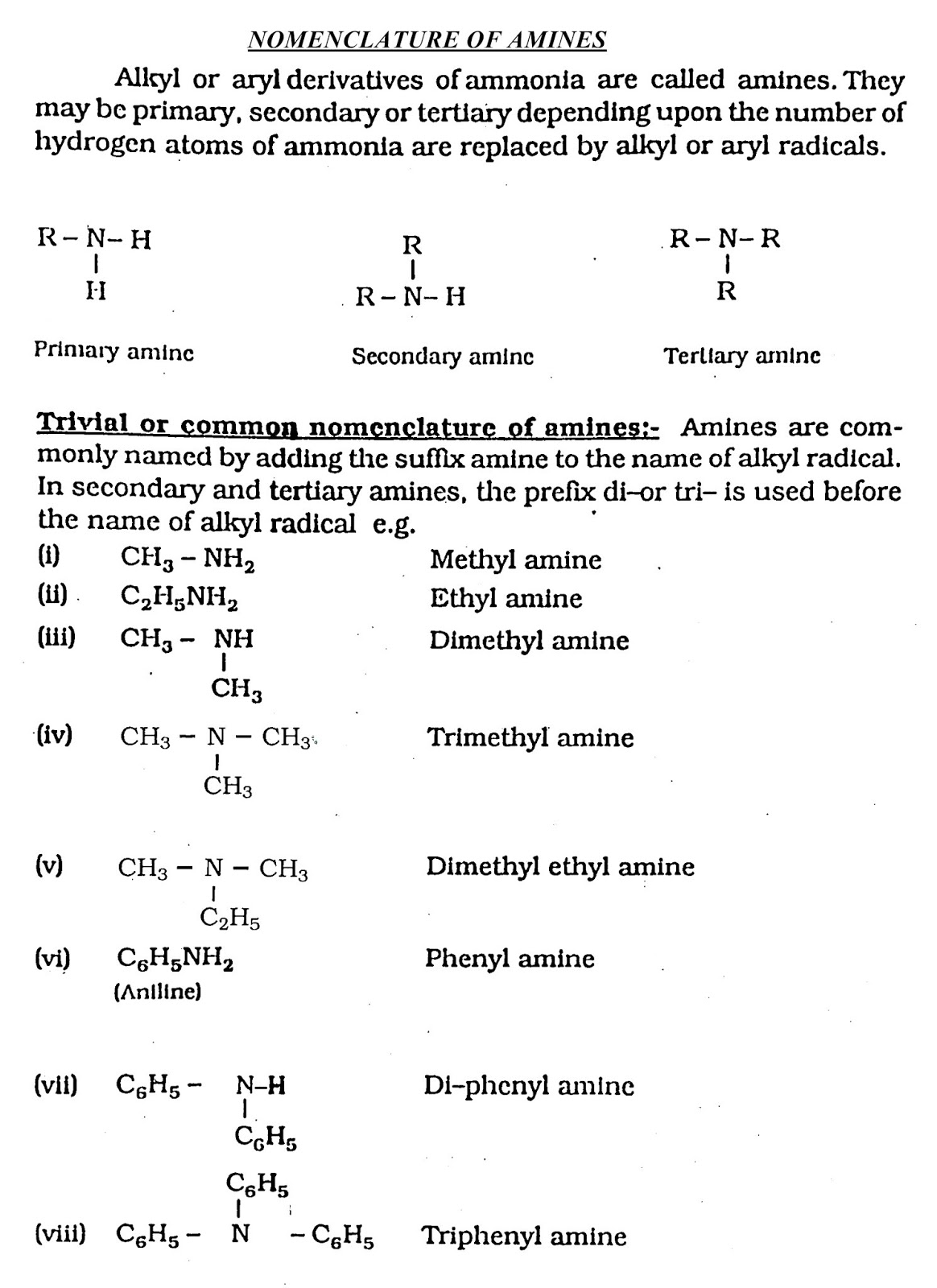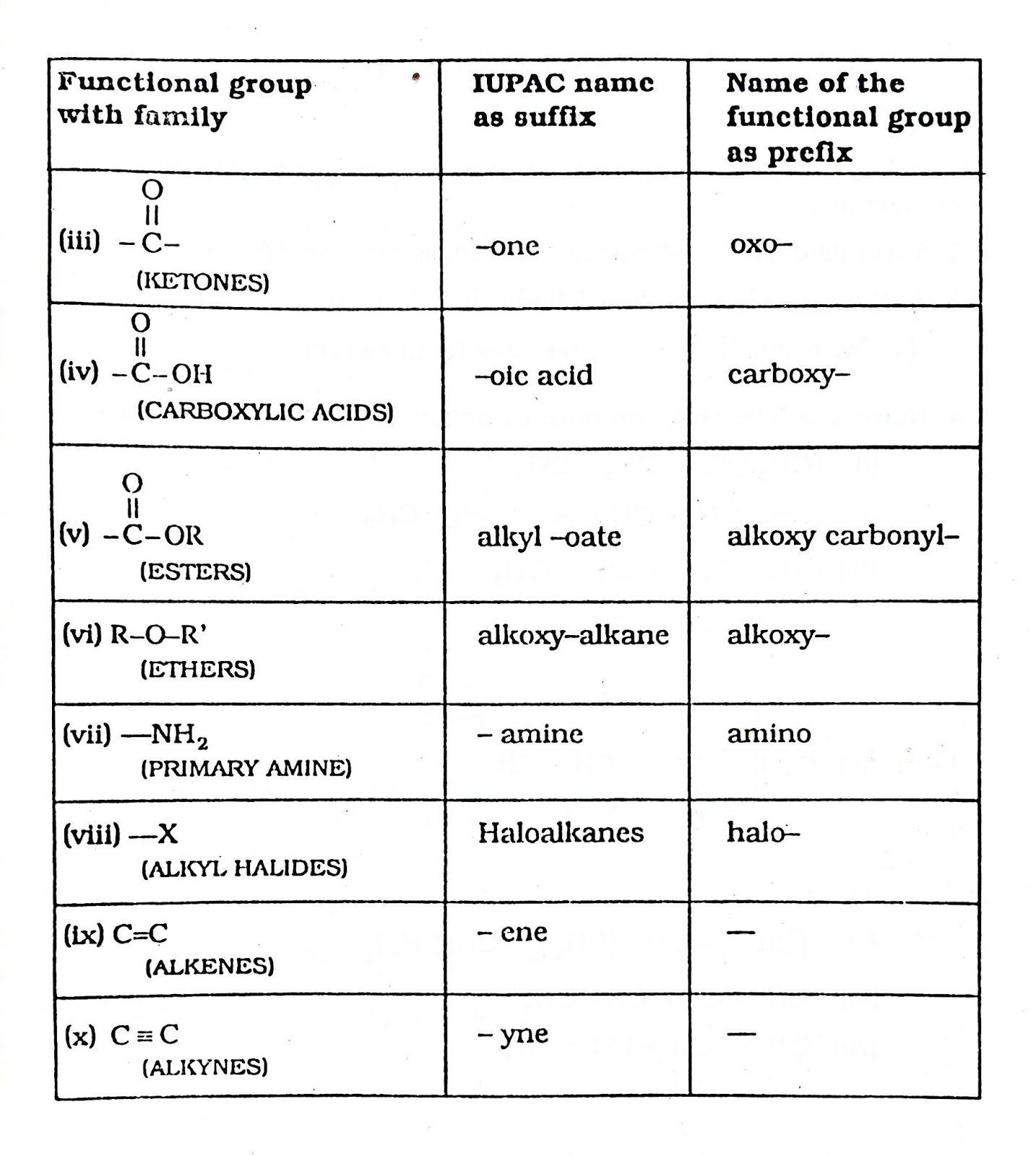Go To Index
A VILLAGE FAIR
Questions-Answers and Text Book Exercise
A. Comprehension:
Q.1: Why was the village decorated? OR What did Bilal see in the village when he got down from the bus?
Ans. He saw that the village was well-decorated with colourful buntings and flags because it was the annual fair in its full swing. The streets were crowded with people in a holiday mood.
Q.2: Why was it the best time to visit the village?
Ans. It was the best time to visit the village because the villagers were celebrating annual fair which is held only once in a year. It was the time of fun and enjoyment. Bilal luckily experienced the amazing sights of this fair.
Q.3: What kinds of shops had been setup for the fair?
Ans. A large number of temporary shops had been set up for the fair. All kinds of goods from handkerchiefs to farming tools were available in these shops. In fact, it was a good time to do business as most of the villagers did their shopping at the fair.
Q.4: What was the use of these shops for the villagers?
Ans. These shops are very useful for the villagers because the people came from far off places buy and sell their goods. It was a good time to do business. As most of the villagers do their shopping there, these shops were of great use.
Q.5: What were the different entertainments in the fair for the children?
Ans. There were a lot for the children to be entertained in the fair. These entertainments include Marry-go rounds, the monkey show, swings, performances of conjurers, jugglers and acrobats. All these provided great joy and fun to the children.
Q.6: How did the juggler entertain the people?
Ans. The juggler entertained the people through his funny and amazing tricks. He juggled with seven balls at a time without dropping any of them. It was a great game of practice and skill.
Q.7: How did the conjurer perform his tricks?
Ans. The conjurer performed several unbelievable tricks through his clever skill. He took Bilal’s handkerchief and tore it into pieces. When he returned to him, Bilal was astonished to see it undamaged.
Q.8: What is tent-pegging?
Ans. Tent - pegging is a popular sports, in which the wooden pegs are fixed in the ground. The riders have to pull them out with their lances as they rode by at a gallop.
Q.9: What made the dogs run in the dog race?
Ans. Dog race is a kind of fascinating entertainment a rabbit made a dog run. The hound dogs chased a rabbit. They were anxious to catch the rabbit but it reached the mark safely and vanished under cover just when the dogs came near.
Q.10: What was the special announcement?
Ans. There was a special announcement that horse-races were to start in a few minutes. The people rushed there to get a place in the front. Proud owners of beautiful horses were making them walk and dance to the music of drums. The riders took their positions, the whistle blew and the horses galloped off. The people shouted with joy when their favourite horse won the race.
Q.11: Why did the Bilal go to the village?
Ans. Bilal had summer vacation. He got tired of the city. He decided to spend a few days with his cousin Zubair, who lived in the village.
Q.12: How did the monkey performs his tricks?
Ans. The monkey was imitating an angry husband with a furious face. He also imitated a proud man walking with his hands folded behind his back and his nose up in the air. The clever monkey also performed some other tricks.
Q.13: What was the cruel game which Bilal does not like?
Ans: A bear was tied to a pole. A fight was going on between, the bear and three fierce dogs. Bilal considered it a cruel game and did not like it.
Q.14: How did the acrobat perform his tricks?
Ans. The acrobat walked on a tight rope to the end. He then started climbing up the pole. He reached, the top end and lay down flat balancing himself on the pole. It was quite a dangerous performance. A little carelessness could result in a fall, but he came down safe and sound and got a big cheer from the crowd.
Q.15: Write a few lines on a restaurant?
Ans. Restaurants were playing popular music and were serving delicious food. They were a great attraction for those who had come from far, and had no relatives in the village.
Q.16: Write a few lines on the drum beating competition?
Ans: A drum-beating competition was in progress. Eight drummers were beating their drums. Everyone was trying to do his best to get the first prize. The noise was defeating.
Q.17: What was the different entertainments for the people in the village fair?
Ans. The people in the village fair had a lot of enjoy. A drum-beating competition, shopping of all types, popular music and delicious food, fights between a bear and three fierce dogs, monkey shows, horse races, dog-races, tent-pegging, performance of conjurers, jugglers and acrobats gave the people a worth of their time and money.
Q.18: What sort of shopping were the people able to do at the village fair?
Ans. All types of goods from handkerchiefs to farming tools were being sold in the shops. Girls were buying rings and bangles. Women were interested in household goods, specially pottery milk-churners and toys for the children. Men were buying farming tools and such other articles.
Q.19: How was Bilal's cousin welcomed him in the village?
Ans. His cousin Zubair, who had been waiting for him, gave him a warm welcome with open arms.
Q.20: What sort of benefits do the villagers get from the village fair?
Ans. The village fair provides many benefits to the village people. It is the best time around the year to make their business and cheer a lot. They might get a chance to meet their relatives coming far off only for the fair.
B. Write down the meanings of the following words from the lesson and use them in your own sentences.
Words / Meaning
| S.No. | Words | Meanings |
| 1. | Acrobat | A person who can do clever things with his body |
| 2. | Annual | Yearly |
| 3. | Announcement | Declaration, Public statement |
| 4. | Colourful | Having much or varied colors |
| 5. | Competition | The act of competing, rivalry for supremacy, a prize, etc, Contesting |
| 6. | Deafening | Very noising |
| 7. | Decorated | to furnish or adorn with something ornamental or becoming |
| 8. | Damage | Harm |
| 9. | Entertainers | Performers, A person, whose job is to entertain others |
| 10. | Household | A family or group of people living together |
| 11. | Performance | An act of presenting a play, concert, or other form of entertainment, Presentation |
| 12. | Pottery | Pots, dishes, and other articles made of fired clay |
| 13. | Surprise | Astonish, Amaze |
| 14. | Temporary | Non-permanent |
Sentences
| S.No. | Words | Sentences |
| 1. | Acrobat | The acrobat is good at juggling with plates. |
| 2. | Annual | They make an annual visit to hill station. |
| 3. | Announcement | The president made an unexpected announcement this morning. |
| 4. | Colourful | All students wore colourful national costumes in school function. |
| 5. | Competition | A soldier was badly wounded during the shooting competition. |
| 6. | Deafening | The noise of the machine was deafening. |
| 7. | Decorated | Our school was beautifully decorated on the celebration of 14th August the independence day. |
| 8. | Damage | The car was badly damaged in a small accident. |
| 9. | Entertainers | Comedians remains one of the top entertainers of all time |
| 10. | Household | Cooking, sewing, and house keeping are household arts. |
| 11. | Performance | A Major was awarded medal because of his performance during the war. |
| 12. | Pottery | There's an exhibition of pottery - making at the fair. |
| 13. | Surprise | Her visit did not cause me much surprise. |
| 14. | Temporary | Temporary arrangements have been made for the prevention of corona virus. |
C. Complete the following sentences with suitable (relative) words given below:
which, who, that, where, whom, when, whose.
1. The drummer who could beat the longest work get a prize.
2. The two friends moved towards a crowd which had gathered in a big circle.
3. The food that we ate was delicious.
4. The man whom we saw climbing the pole had been walking on the tight rope.
5. The rider whose horse had won the race was very happy.
6. I went to the village where my cousin was living.
7. I visited him when the village fair was in full swing.
D. Tense Changing into Past.
1. We do our homework.
Ans. We did our homework at night.
2. The pupils write a composition.
Ans. The pupils wrote a composition in the half-time.
3. My friend walks to school.
Ans. My friend walked to school in the morning.
4. The Headmaster teaches us English.
Ans. The Headmaster taught us English in the last period.
5. The peon rings the bell.
Ans. The peon rang the bell at 1′O clock.
6. My mother does not sleep well.
Ans. My mother did not sleep well.
7. His brother loses his book.
Ans.
His brother lost his book in the assembly.
8. The eagle flies very high.
Ans. The eagle flew very high in the sky.
9. The cobbler sits under a tree.
Ans. The cobbler sat under a tree at noon.
10. They grow rice on this farm.
Ans. They grew rice on this farm in the winter season.
E. Give the degrees of Adjectives
| S.No. | Adjective | Comparative | Superlative |
| 1. | Old | older | oldest |
| 2. | Young | younger | youngest |
| 3. | Great | greater | greatest |
| 4. | Big | bigger | biggest |
| 5. | Far | farther or further | farthest or furthest |
| 6. | Famous | more famous | most famous |
| 7. | Beautiful | more beautiful | most beautiful |
| 8. | Popular | more popular | most popular |
| 9. | Intelligent | more intelligent | most intelligent |
| 10. | Delicious | more delicious | most delicious |
F. Give the three forms of Verbs:
| S.No. | Present | Past | Past participle |
| 1. | know | knew | known |
| 2. | heat | heated | heated |
| 3. | learn | learnt | learnt |
| 4. | sing | sang | sung |
| 5. | read | read | read |
| 6. | listen | listened | listened |
| 7. | go | went | gone |
| 8. | write | wrote | written |
| 9. | make | made | made |
| 10. | wear | wore | worn |
| 11. | live | lived | lived |
G. Write a short composition on a fair that you have seen:
A Village Fair
Last month, we visited a village fair. The fair was representing the festive mood of the rustic people. The village was specially decorated with colourful buntings and flags and was crowded with a large number of people. Many temporary shops had been set up which were the special faculty for the fair. These shops were providing feasibility for the visitors as well as for the shopkeepers. There was a lot of entertainment for different age groups especially children like swings, monkey man show, drum beating competition, horse race etc. The circus people were also presenting their funny and amazing tricks to fascinate people. Tent – pegging and the dog race were two very popular games of the fair. In tent-pegging the training and skill to horse and the rider is examined skill of dogs is examined through the dog race. We were very enchanted to see the beautiful sights of the fair.
H. Non -textual Exercise:
Complete the following sentences with the ordinal numbers:
first, second, third........
1. The first lesson of this book starts on the first page.
2. The second lesson of this book ends on the second page.
3. The third lesson of this book starts on the third page.
4. The fourth poem of this book starts on the fourth page.
5. The fifth picture of this book is on the fifth page.
6. The sixth para of the first lesson starts on the sixth page.
7. The seventh exercise in this book is on the seventh page.
8. The eighth proper noun in this book is on the eighth page.
9. The ninth common noun in this book is on the ninth page.
10. The tenth verb in this book is on the tenth page.

